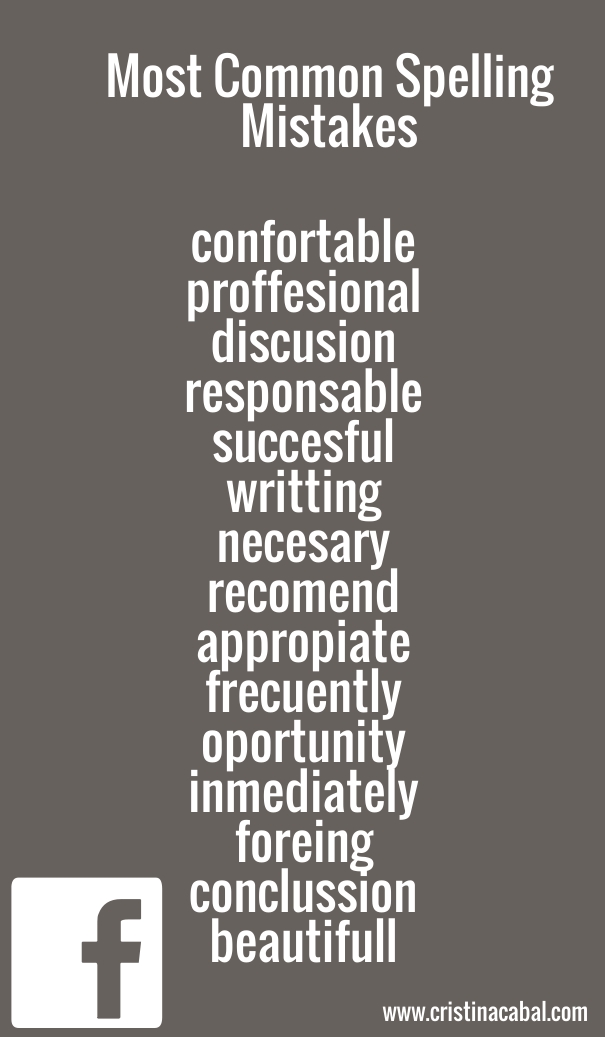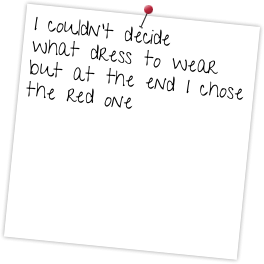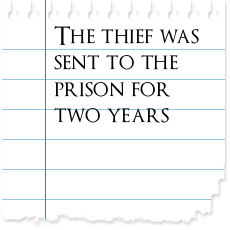In case you haven’t figured it out by now , I am kind of a very-much-into-games teacher, but this doesn’t mean that everything in my classes is fun. I would be lying to you. I wouldn’t dare say a large part, but a significant part of my classes, is dedicated to teaching “boring” stuff, which might be dull, but necessary; and I think my students would agree here.
One of these boring, yet interesting, parts of the lesson today will be dedicated to fixing mistakes from their written assignments.
One of the most common mistakes students make and that can be easily fixed is with the verb “want”.

The verb “want” is probably one of the first verbs we learn in English and the simple structure “I want to go” or “she wants to buy” poses no problem. But as become more fluent in the language ,we risk trying more complex sentences and this is where “want” becomes tricky.
THE TRICKY “WANT”
Read the sentence below and decide whether it’s right or wrong.
Do you want that I give you a lift home?
If you think it’s wrong, then you’re right 🙂 and you might want to stop reading this post now. Hey! I wouldn’t blame you! But, if you can’t see why the sentence above is incorrect, then dear reader, this post is right for you and here’s the explanation
- “want” is not followed by a “that clause”. Instead we use an object+ infinitive structure. So,
![]()
- Look at how we introduce the subject after the verb ” to want”:

- Some other common verbs that can be followed by object+infinitve are: advise, allow, ask, encourage, forbid, intend, invite, need, persuade, recommend, teach, warn, tell, cause…etc.
- “Want” can also mean ” need” in informal English. We can say that a thing “wants” (meaning “needs”) something, in particular with reference to actions.In this case, “want” is followed by an -ing form.
♥ Those windows need cleaning (= needs to be cleaned)
♥ This floor needs sweeping (= needs to be swept)
You can also say :
♥ Those windows need to be cleaned
♥ This floor needs to be swept
Test your knowledge with this translation exercise (sentences in Spanish, sorry!)



